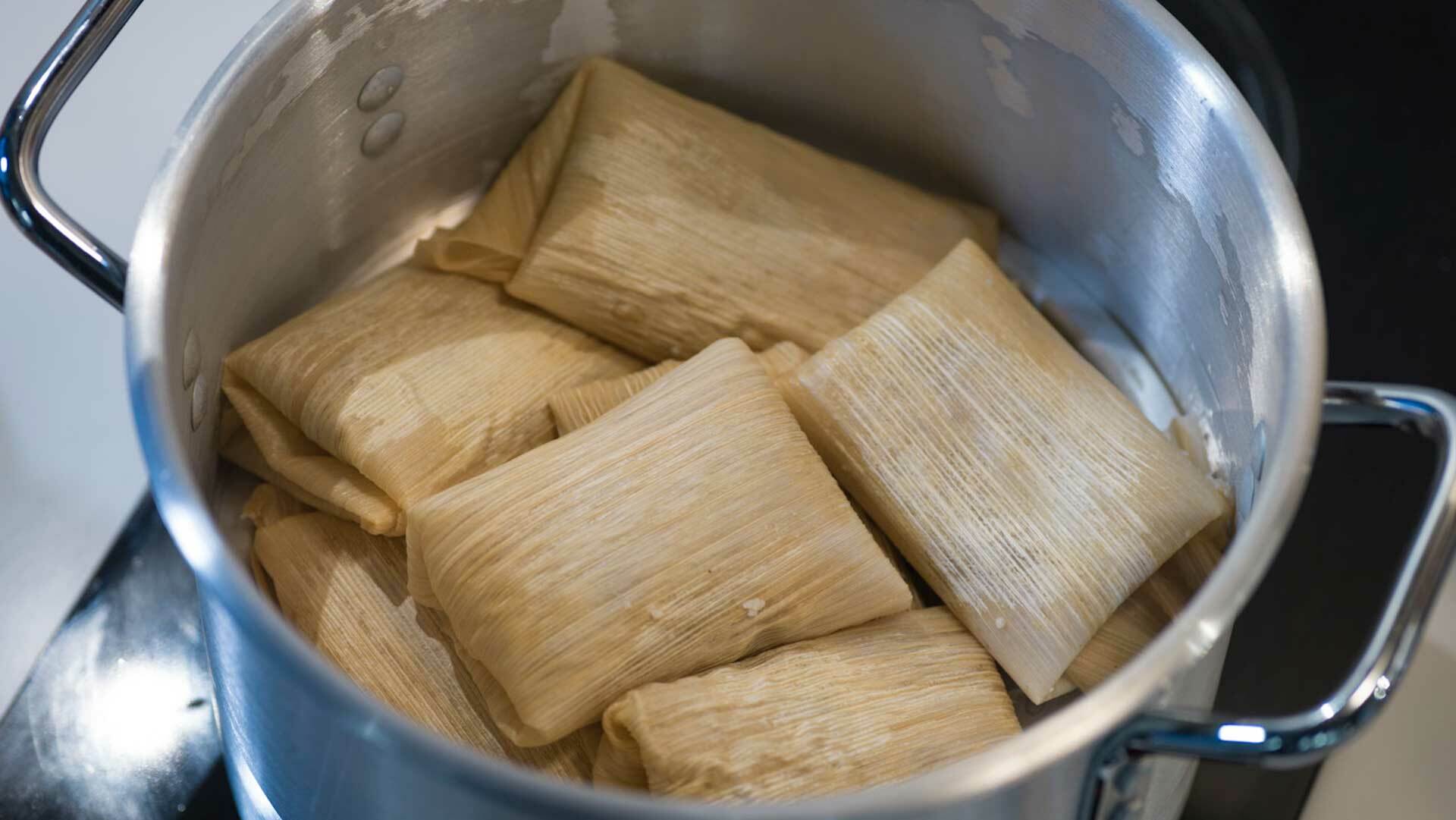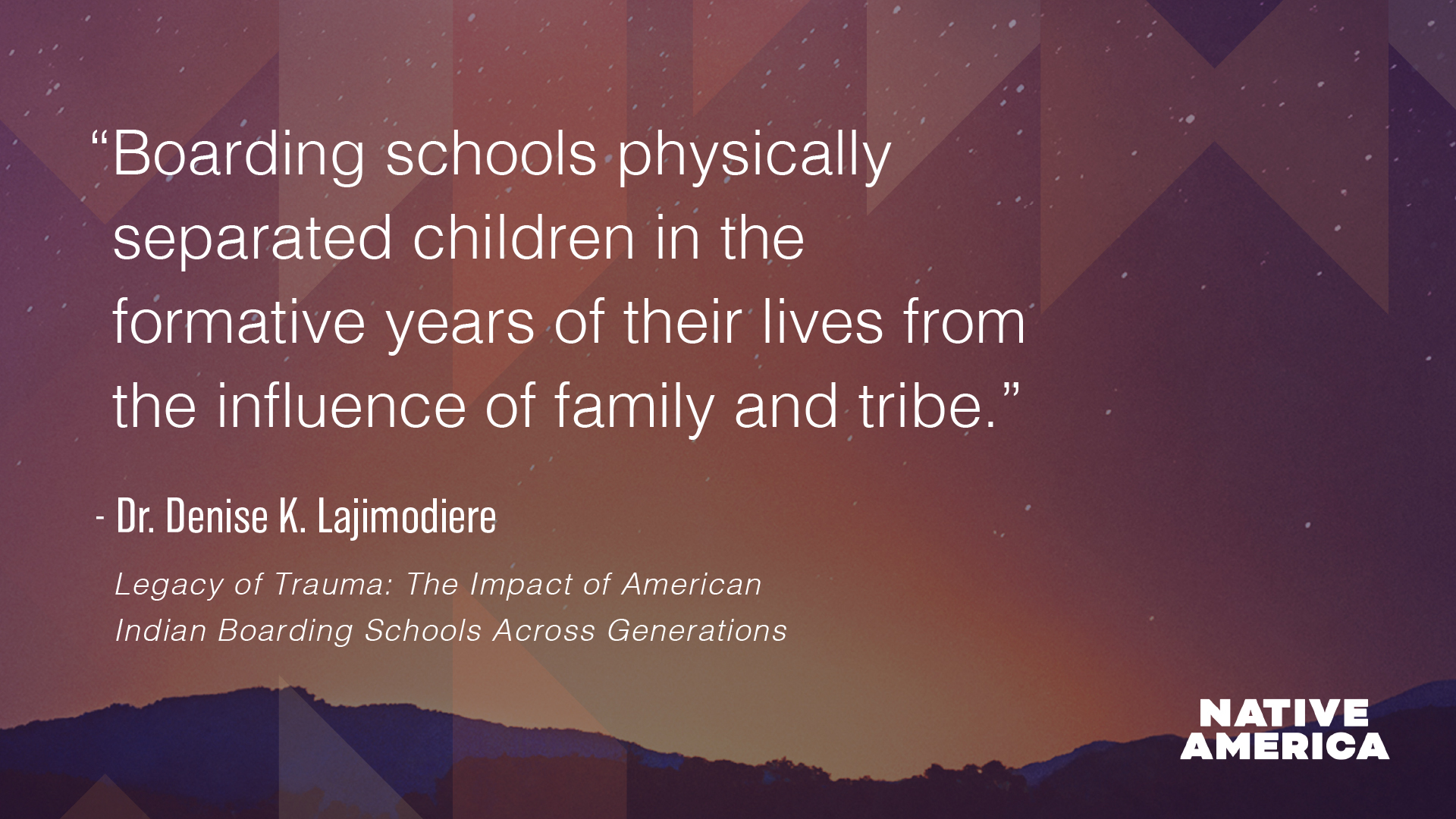Discover a Traditional Cherokee Bean Bread
Editor’s Note: The opinions expressed in these stories are solely those of the authors.
The traditional way to make Cherokee Bean Bread, or Broadswords (so named because of their flattened shape) is a simple list of ingredients; dried corn which has been cooked with wood ash to remove the hulls and ground into a dough, beans and their hot cooking liquid. This mixture is formed into patties, wrapped in corn blades and boiled. Bean Bread has more of a dumpling texture than what we associate with “bread” these days, and no salt is added as salt would cause the dough to crumble while cooking.
In this updated version, we take advantage of the popularity of Bean Bread’s cousin from the South, traditional Indigenous Mexican tamales, and use ingredients now readily available at almost any supermarket in America. Using some modern ingredients and a simplified cooking method, we are able to add seasoning elements to create a traditional dish you will want to make a part of your regular dinner routine!

Ingredients
- 3 cups masa harina (masa harina is the same dried corn cooked with lime water to release the hulls and ground into a dough, which is then dried to create a flour that reconstitutes into a dough when water is added - instant bean bread dough!)
- ½ cup rendered lard (many traditional Native American recipes use fat as a flavor element and source of vital nutrients)
- 2 teaspoons salt
- 2 teaspoons baking powder
- 1 cup cooked beans (really any type of bean will work but small brown beans are traditional)
- 2 cups hot cooking liquid from beans
- Dried corn husks
Directions
- Set up a steamer on your stove top using a steamer basket fitted over a pot with plenty of gently simmering water.
- Place about 15 corn husks in a bowl and cover with very hot or boiling water. Place another smaller plate or bowl on top of the corn husks to keep them submerged. Set husks aside to soak and soften while you prepare the dough.
- In a large mixing bowl, combine masa harina and lard. Using your fingertips, work the lard into the flour until it is evenly distributed. Add salt, baking powder, beans, and the hot cooking liquid from the beans. Use a spoon to stir mixture until a thick, sticky dough comes together, it will be the consistency of chocolate chip cookie dough.
- Use your hands to scoop ¼ cup-sized portions of dough, working quickly as dough will still be hot from the bean cooking liquid. Shape the dough into a ball and flatten slightly into a 1-inch thick oval, which is your "broadsword." Wrap the broadsword in a corn husk, folding the husk around the dough on all sides to completely enclose it. Place wrapped broadsword folded side down in the steamer basket. Repeat with remaining dough, piling the wrapped broadswords in the steamer as you go. Cover the steamer basket with a tight fitting lid, and allow to cook covered for 45 minutes.
- After 45 minutes is up, check the bean bread- if the corn husk pulls away easily, the broadswords are done cooking.
Video, photos and essay produced by PBS member station KQED, in collaboration with PBS Food. See the full photo gallery from this essay and find more recipes at the PBS Food Native America collection.



